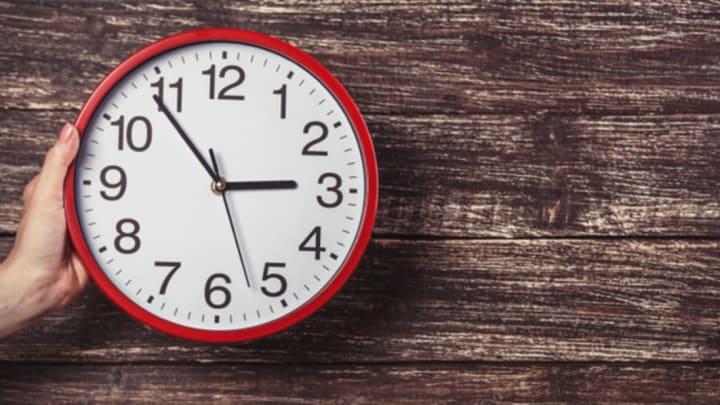This Year Will Be One Second Longer Than Usual

If you, like most people, find yourself wishing you had more time, we’ve got good news for you: The International Earth Rotation and Reference Systems Service (IERS) has decided that on December 31, we’ll be granted one extra second.
This bonus second marks the 27th teeny time insertion since the practice began in 1972. Like its big brother the leap year, the leap second aims to fill in the gap between human measurements of time (one day = 86,400 seconds) and atomic measurements, which go by the vibration of cesium atoms (86,400.002 seconds per day).
Our standard measurements are pretty good, if we do say so ourselves; you’d have to be some sort of chronological prodigy to notice the difference. But left unchecked, over the centuries that 0.002-second difference would pile up, rendering our clocks wildly inaccurate.
Logical though this concept may be, not everyone is a fan. It’s easy enough to integrate an extra second into an analog clock: just move the second hand forward. Computer clocks and software are a different story. These systems were built to account for leap years, but not leap seconds. In the last few years, websites like Amazon, Reddit, LinkedIn, and Gizmodo have all been caught with their digital pants down by the unexpected stretch in time.
If you run a website or develop software, now’s the time to ensure your product can handle the leap. If you don’t, you could start brainstorming what you’re going to do with all that extra time.
Know of something you think we should cover? Email us at tips@mentalfloss.com.